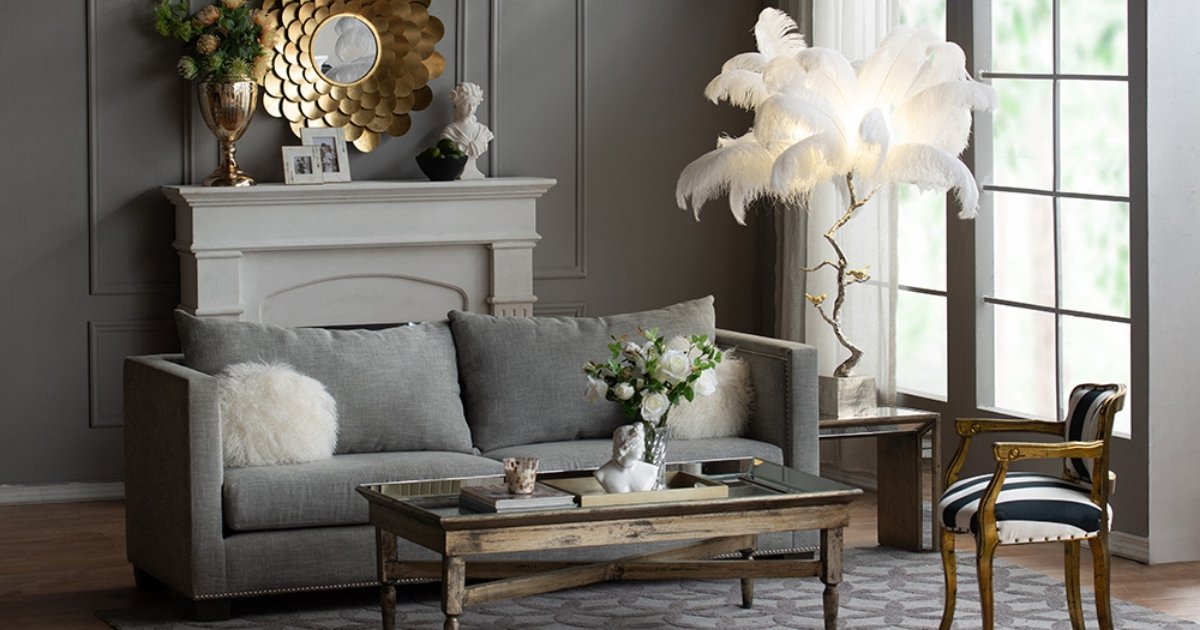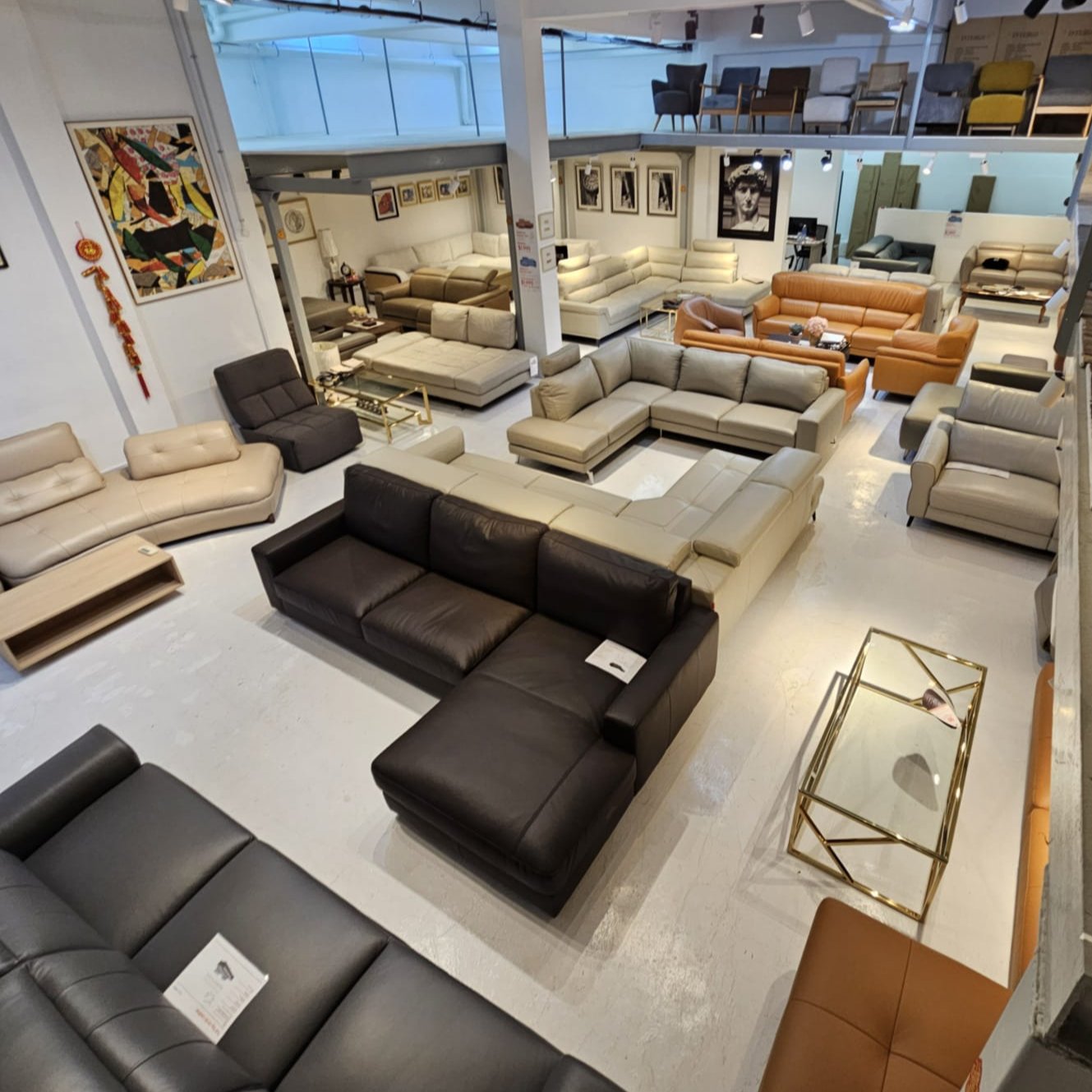You’ve got the keys, the floor plan and the excitement, but you’re feeling confused and overwhelmed with how to decorate an empty house while spending smartly. Perhaps you have sentimental furniture passed down from your family to match with or starting afresh with too many inspiration pictures on your Pinterest boards.
How do you make your space look its best while reflecting your personal sense of style? By following the same steps used by professional interior designers with a little planning, you’ll have a much greater chance of success and all of your hard work will pay off. For such a milestone, it’s important to do it right from the beginning, investing in a solid style foundation that will last for the next few years and make it work for your lifestyle.
Working with our in-house renovation experts and interior design team, this is Picket&Rail’s foolproof blueprint to decorate your new home, from A to Z.
Know your measurements
Just like a good pair of denim jeans, the scale of furniture has to match the scale of a room. You might desire a heavy chandelier feature for hosting dinner parties but it can overpower a small room and frankly isn’t quite practical. Before you go shopping, take measurements of the length and width of each room you intend to decorate, along with ceiling height and obstructions such as stairs, columns, and air conditioners to name a few. It’ll also be a good idea to measure window openings, along with the wall space to plan for window coverings. Note all of these down on your floor plan for easy reference. Carefully measuring your space saves you from money, time, and lots of headache!
Once the floor plan with exact measurements is ready, it’s time for fun experimentation!
Follow form and function
Setting the purpose of interior design to fit your lifestyle is one aspect new homeowners often overlook. Form and function goes in tandem, affecting the way you and other members interact with the space, as well as the atmosphere. How many people live here? Do you have growing children or ageing parents? What is the nature of your job, and does it require a home office? Perhaps a study and hobby corner can be integrated? Is cooking at home a big part of your life? Do you have pets to care for, trophies to display, or art to feature?
Ultimately, each family or individual has to answer this: What are your ambitions, how would you like to live?
The design of a home for a four-member family who spends their time at home, for instance, should be different from a home for a young couple who eats out at restaurants every night, or a bachelor/bachelorette who regularly hosts large dinner parties at their place.
After you have thoroughly planned and laid out the needs of the household, your journey to build your dream home can begin!
Step 1. Have a vision
Having a clear idea of how you would like your apartment or house to look can save you from wasting money on decor items that don’t fit your theme. Always keep a budget in mind and prioritize the statement pieces after purchasing the necessary furniture that will tie your look together. This would be the best time to sift through all your pinned inspiration and decide on your decorating style, so that you narrow down your preference of forms, lights, colours, textures, and patterns while visiting various home decor stores. Keep your references with you at all times, notice the elements that attract your eye and don’t get distracted by discounted or trendy items if they do not match what you have in mind!

Step 2. Prioritize, evaluate and organize
The adage “less is more” heavily applies here. Following the advice of Marie Kondo herself, if the item doesn’t bring you joy, it is okay to throw these out because it no longer serves your needs. Prioritizing a few old cherished treasures even if they don’t fit in the larger design can add a sense of personal style and heritage to the space, but clinging on to too many will clutter your home, making it a mess and a headache to deal with later on. This is the time to evaluate everything and make sure the things you’re keeping will have a purpose in your new space, organize and keep inventory of what you retain by where it will be placed in your new house. If you can't place something, there's a good chance you don't need it.
Step 3. Out with the old, in with the New
Your home decor should mature with you as time goes by. Moving into a new space means adjusting to this phase of life, which means replacing cheap, impulsive decor purchases with sophisticated, artistic replacements. Spruce up the boring living room with atall, slender vase with plants for a pop of colour or boast a statement wall with acollection of framed art prints that will woo your guests. A grandfather clock may have served you well, but perhaps shifting towards amodern, exposed gear clock can add a masculine edge to catch up with the times. There’s value in keeping mementos from your past in your new home, but developing the maturity of your home’s style is a great way to boost confidence and stature to feel like a capable, refined adult.

Step 4. Let there be light
Lighting heavily affects the mood of the room and even the perceived size of a space, therefore an essential element to any design scheme. Proper lighting can drastically alter the atmosphere of your room, it can enhance the colours used in your decor, and it can even prove useful in marking different areas of your home. Besides its practical usage for late night couch readings, an accent light means shifting the focal point of the room, adding to the ambience and drama. Ahanging chandelier will do just the trick, great for both minimalist and bold styles, whereascandles orlanterns are preferred for a soft, warm glow.

Step 5. Contrast with some texture
If you feel something is amiss in a room, maybe it looks too flat or mediocre, adding texture is the answer. Texture is the thing that makes a room pop, bringing a perfect design up to enviable levels. Including contrast is essential because it keeps things balanced and also provides visual interest, creating an overall sense of harmony. Rough textures are more likely to make a space feel intimate and grounded while smooth textures bring a sleeker more aloof tone to the room. Your bed could do with athrow and a matchingpillow or two to warm up the room without much hassle!
Tip: textures doesn’t necessarily mean just cloth, it can be an architectural feature such as stone or a simpleceramic plant.

Step 6. Layering the accents
Don’t underestimate the impact of extra accessories! These decorative items, such asmetal wall accents,quirky serving trays, orchunky quartz stones bring charm, character, and a touch of personalization to the living space. To understand the concept of layering, it helps to think of decorating a cake. Start by placing the main statement pieces first, then build accents from there, adding depth and dimension to complete the look.

Shop the full range of decoratives of America's favourite home decor, accessories, art and accents brand easily here!














